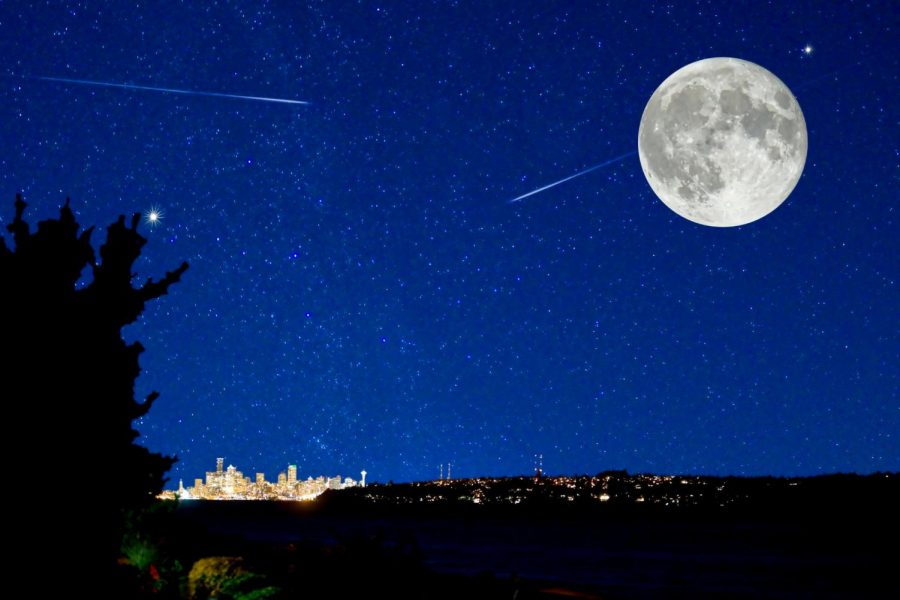Guide to the Orionids
A few weeks ago, the Orionid meteor shower made its grand debut in the night sky. Although some of us were not able to see the Orionids, watching a meteor shower is something everyone should get to experience.
A few problems can arise when one plans to experience a meteor shower, whether it be light pollution, remembering to wake up early, or simply being unaware of the meteor shower.
However, for both the lucky ones out there who got a chance to see the meteor shower and for those who weren’t as lucky, this is a guide to the Orionids.
The Orionids are named the constellation Orion, the direction from which they appear to radiate. Specifically, the Orionids radiate from north of Betelgeuse, one of Orion’s brightest stars. This location in the sky where the Orionids can be seen is called the radiant.
However, when viewing the Orionids, one shouldn’t look only at Orion. The meteor shower can be seen throughout the sky. In fact, it is better to view it from 45 to 90 degrees away from the radiant.
The meteors from the meteor shower come from Comet 1P/Halley, better known as Halley’s Comet. Halley’s Comet is named after Edmond Halley, an English astronomer who lived in the 17th and 18th centuries.
When Halley’s Comet travels around the sun, it leaves a trail of particles, and these particles cross Earth in its orbit around the sun during certain times of the year. When this happens, we are able to see the particles as streaks of light.
Although Halley’s Comet passes by Earth approximately every 75 years, the Orionids can be seen every year.
These meteors are known for their speed – they can travel at about 140,000 mph (66 kilometers per second) into the Earth’s atmosphere. Sometimes, the shower peaks at 80 meteors per hour, yet at other times there are 20 to 30 meteors per hour.
Although one can see the Orionids from October 2 to November 7, the peak viewing time was this past Saturday, October 21 and Sunday, October 22. But don’t be discouraged by this. If you are really interested in seeing the meteor shower, there is always a chance you can see it, even after the peak time.
And remember, you can always wait until next year to see the Orionids! Whether you’re an expert or a beginner, you won’t regret waking up at 2 a.m. to see the meteor shower.


